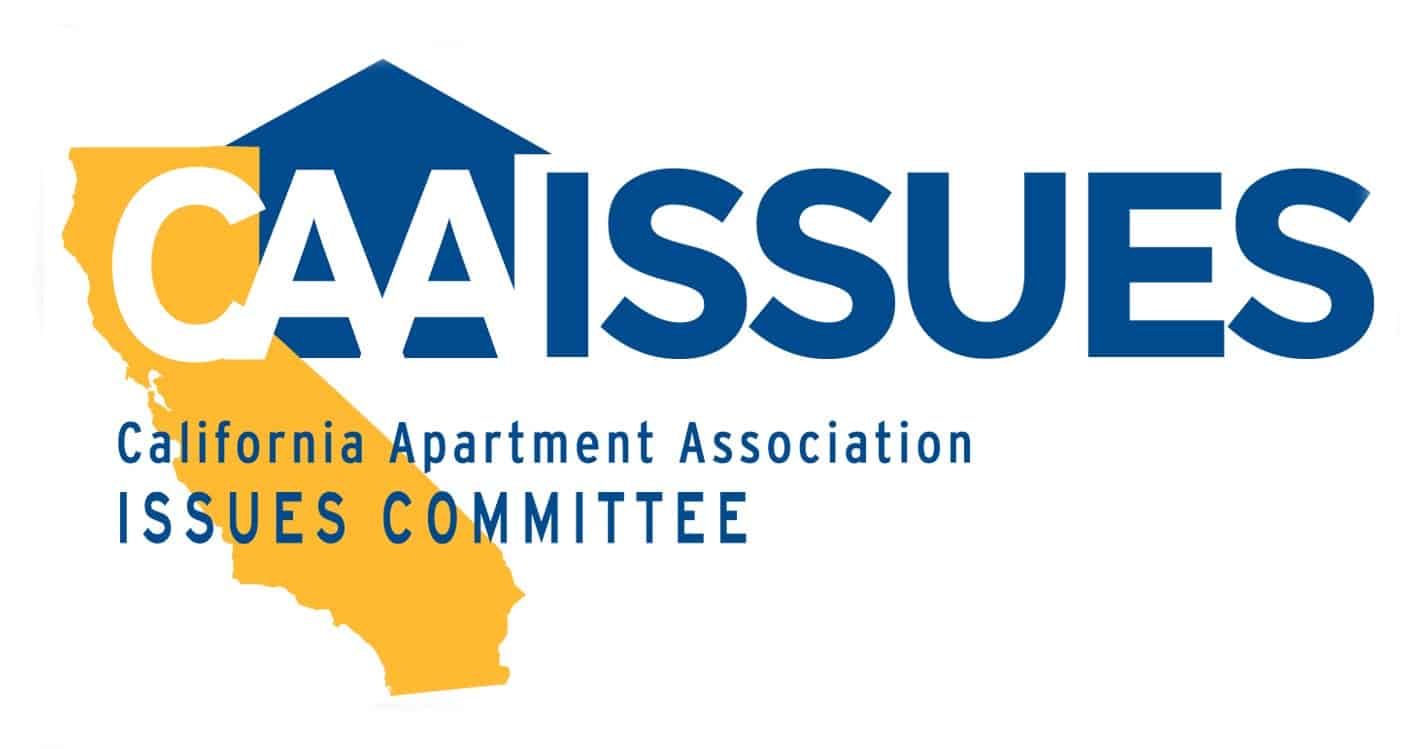A tenant’s guest shoots and kills someone at the rental property.
Another tenant threatens to behead the landlord.
And a third renter runs a prostitution ring out of the unit.
In each case, the landlord pursues an eviction, and each time, the judge says no.
These are just some of the eviction-worthy situations that have gone nowhere since April 6, when the California Judicial Council suspended virtually all unlawful-detainer proceedings in the state.
In the cases above, the landlords pointed to the Judicial Council’s exception for threats to health and safety.
The plaintiffs were still denied.
The justification? Rule 1 requires that a threat is ongoing, and a homicide is a one-time occurrence; threats of beheading can be handled through a restraining order; and a prostitution ring doesn’t pose a public safety risk.
Over the past 3 1/2 months, the California Apartment Association has urged the Judicial Council to revisit Rule 1, which it imposed during an emergency meeting to protect vulnerable tenants during the COVID-19 crisis.
These efforts started with a letter to the council, which included recommendations to revise the rule and make it more consistent with an executive order on evictions issued by Gov. Newsom.
CAA’s suggestions sought to preserve the council’s goal — protecting tenants from unnecessary evictions during the COVID-19 pandemic — while still allowing landlords to terminate tenancies when a narrow set of justifiable circumstances exist.
The letter requested that the council rework its health-and-safety exception so that evictions could proceed where warranted.
“The Rule’s “public health and safety” exception is inadequate to address the myriad of issues property owners and tenants face as it is both undefined and too narrowly drawn,” the letter says. “Under the Rule, a landlord is powerless to address one tenant who is engaging in harassing or threatening conduct towards another tenant where the conduct doesn’t directly threaten public health and safety.”
The letter suggested several other changes to make the rule more workable. For example, instead of suspending all eviction cases, the council could require judges to sign off on all judgements, instead of just letting a court clerk do so. CAA also asked for a reasonable timeframe for the rule to expire. As written, the rule has no clear end date, being tied to Gov. Newsom’s declaration of emergency, which remains in place until affirmatively terminated. The last time the governor terminated a state of emergency was at the end of 2019, when he terminated emergencies dating back to 2011.
Come early June, it appeared the Judicial Council was ready to sunset Rule 1, however, after lawmakers and tenant groups applied political pressure, the council suspended its decision indefinitely.
At this point, more groups joined CAA in calling for the reopening of the courts. For example, a pair of landlords, represented by the Pacific Legal Foundation, filed suit alleging the Judicial Council lacked the authority to issue its rule under the California Constitution.
Moreover, on July 8, the Kimball Tirey & St John law firm filed an application with the Judicial Council to repeal Rule 1 that included eight examples of evictions, including the cases described in this article, that were rejected because they did not qualify for the health-and-safety exception.
The California Apartment Association continues to call on the Judicial Council to revisit Rule 1, as described in the association’s letter, so that unlawful detainer proceedings can move forward.
“Eviction should always be the last resort, especially when people have been out of work or had their hours cut,” said Tom Bannon, chief executive officer of CAA. “But without the unlawful detainer process, rental property owners are without the legal tools necessary to preserve the peaceful, quiet enjoyment of their rental communities.”
UPDATE: On Friday, July 24, the Judicial Council announced that it will vote “very soon” whether to sunset its emergency suspension of virtually all unlawful-detainer cases throughout the state. Read more here.

